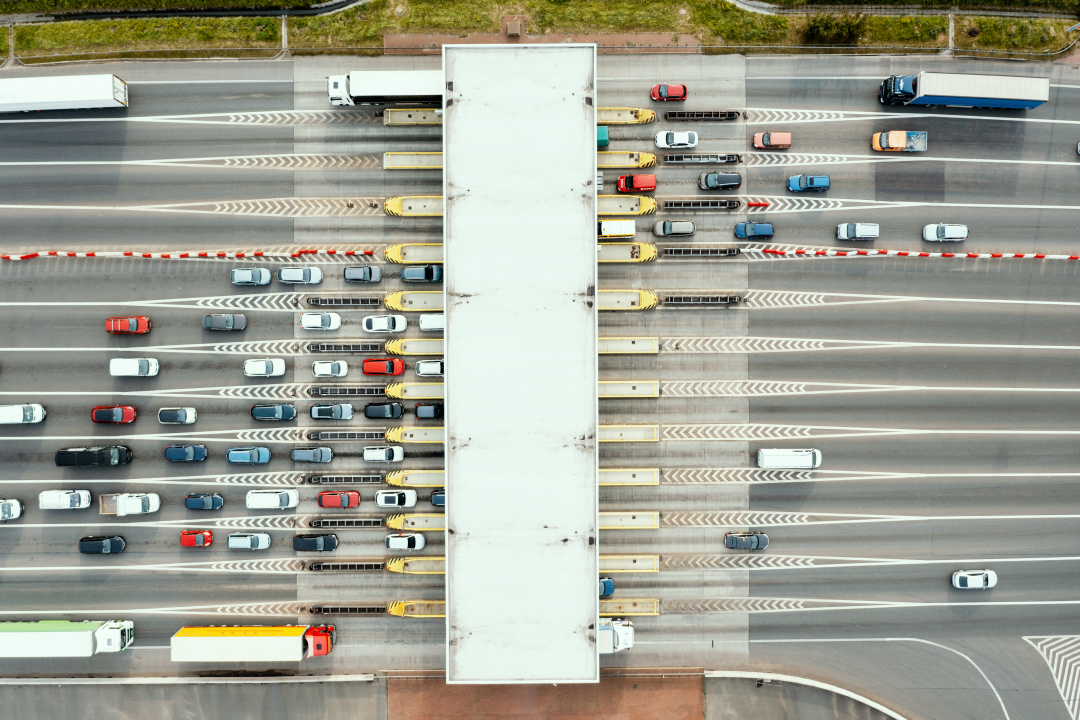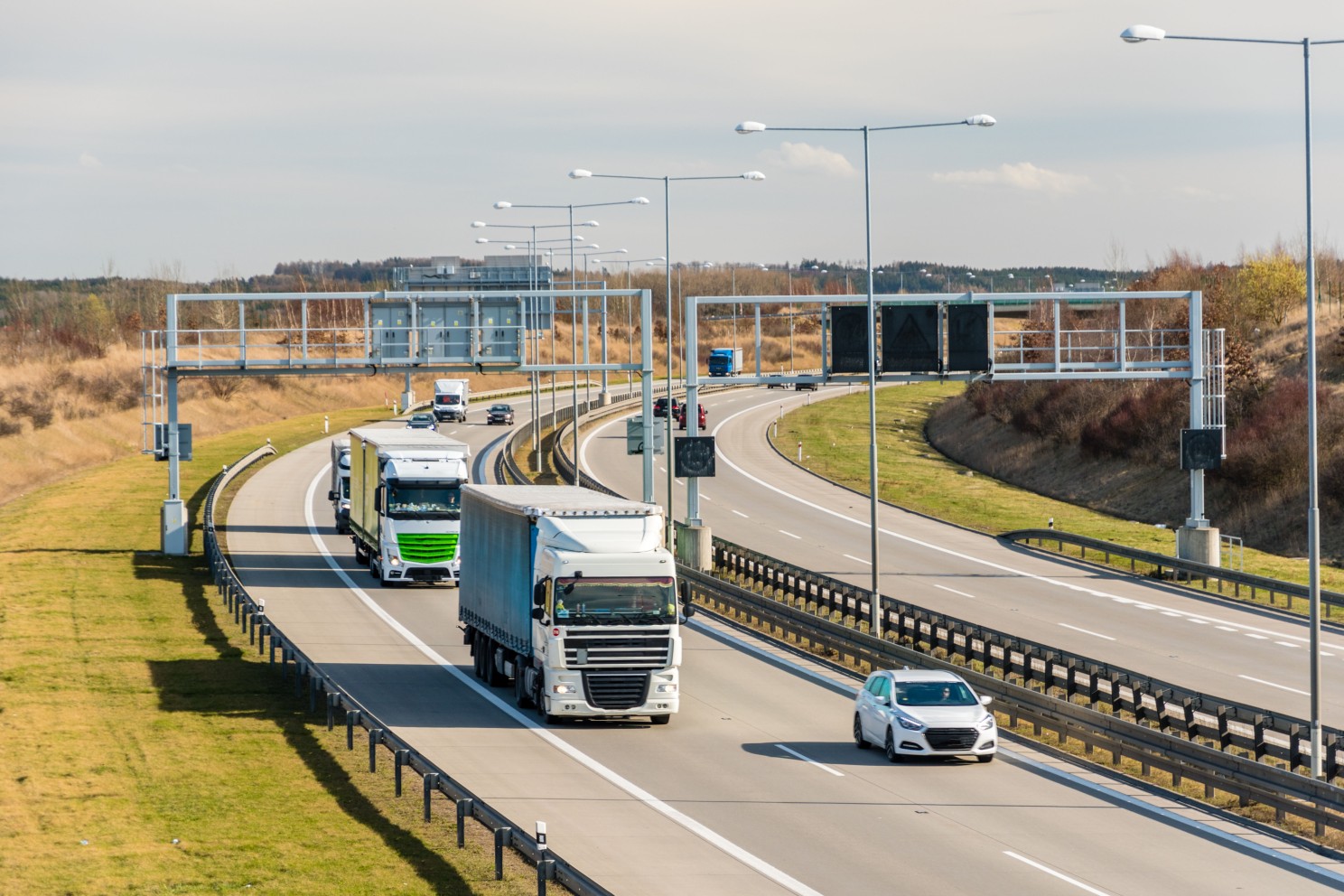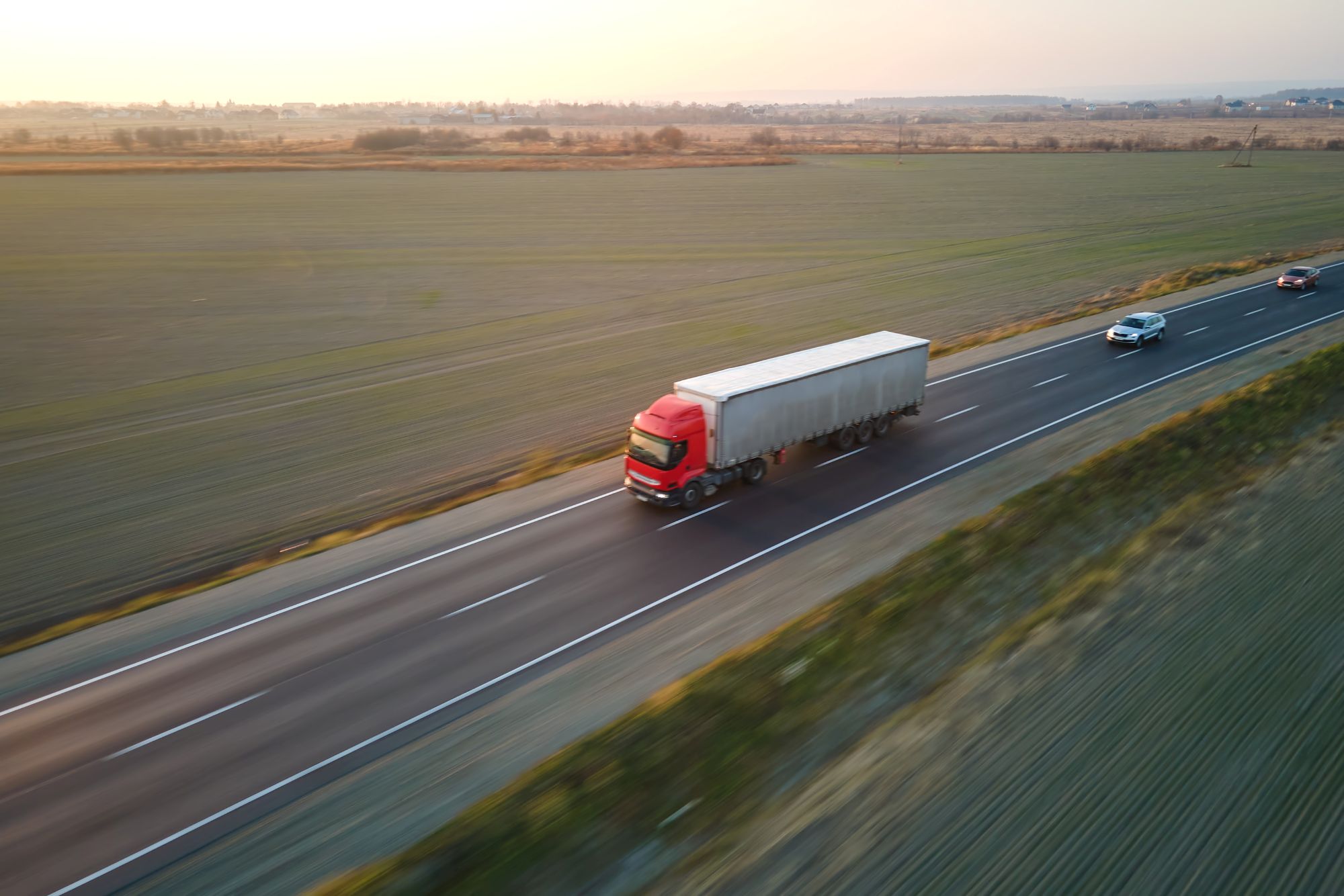
Susie Jones
Razumevanje novih cestninskih stopenj za tovornjake v Nemčiji
Ustvarjeno: 12. 08. 2024
•
Posodobljeno: 12. 08. 2024
Zaradi nenehnih sprememb nemškega cestninskega sistema za tovornjake se je v številnih spremembah in predpisih zlahka izgubiti. Skoraj 83 % lokalnih voženj tovornjakov, ki obsegajo približno 200 kilometrov, že poteka po cestninskih cestah, kar kaže na vpliv, ki ga imajo nemške cestnine na izdatke voznega parka.
Zaradi zvišanja cestninskih pristojbin so te nove spremembe močno prizadele podjetja z voznim parkom. Spremembe cestnine v letih 2023 in 2024 so posledica podpore nemške vlade Zakonu o spremembi cestnine, ki sprejema naslednje:
Nove cestninske stopnje
Uvedba cestnin za emisije CO2
Odprava oprostitve cestnine za vozila na zemeljski plin
razširitev cestnine na vozila z dovoljeno skupno maso nad 3,5 tone.
1. januar 2023 spremembe
V začetku leta 2023 so se cestnine zvišale. Odločilni so bili trije dejavniki:
Število osi
Emisijski razred
Dovoljena skupna masa kombinacije vozil.
spremembe 1. decembra 2023
Decembra so bili kot novo tarifno merilo uvedeni razredi emisij CO2. Ta se izračuna na podlagi pribitka v višini 200 evrov na tono emisij CO2 in se obračuna za vsa vozila z dovoljeno skupno maso nad 7,5 tone. Posamezni zneski doplačil so poleg sedanje cestnine odvisni od emisijskega razreda.
Razred 1 - težka tovorna vozila z najvišjimi emisijami CO2 in zato z najvišjim možnim doplačilom. Podjetje TollCollect, ki v Nemčiji pobira cestnine za tovorna vozila, razvršča vsa registrirana vozila v ta emisijski razred - upravljavci voznih parkov se morajo obrniti na podjetje in zaprositi za boljšo razvrstitev, če izpolnjujejo pogoje.
Razreda 2 in 3 - oba razreda se dodelita ob vnosu podatkov o vozilu v portal TollCollect.
Razred 4 - tovornjaki z nizkimi emisijami, na primer vozila na zemeljski plin.
Razred 5 - tovornjaki z ničelnimi emisijami.
1. januar 2024 spremembe
- januarja 2024 oprostitev cestnine za vozila na zemeljski plin ni več veljala.
spremembe 1. julija 2024
Cestnino bodo morala plačati vsa vozila, katerih skupna tehnično dovoljena masa presega 3,5 tone. Pri tej novi spremembi obstaja nekaj izjem:
Vozila brez emisij s tehnično dovoljeno skupno maso nad 4,25 tone.
Težka gospodarska vozila brez emisij - Ta izjema velja do konca decembra 2025.
Vozila, ki jih uporabljajo trgovska podjetja - velja za vozila s skupno maso manj kot 7,5 tone.

Priprava voznega parka na julijske spremembe
Pred 1. julijem morate preveriti, ali je za vaša vozila treba plačati cestnino, in če je, kako jo želite plačati.
Preverite svoja vozila
V polju F1 preverite prvi del potrdila o registraciji vozila. Če je tehnično dovoljena največja masa naloženega vozila (TPMLM) večja od 3,5 tone, morate plačati cestnino. Za težka tovorna vozila, katerih TPMLM znaša natanko 3,5 tone ali manj, cestnine ni treba plačati.
Kombinacije vozil - če ima vlečno vozilo TPMLM več kot 3,5 tone, ste zavezani k plačilu cestnine. Za kombinacijo s TPMLM nad 3,5 tone se cestnina ne zaračuna, če ima vlečno vozilo TPMLM 3,5 tone ali manj.
Zahteve za cestnino za vozila veljajo za vozila, ki so namenjena ali se uporabljajo za cestni prevoz blaga.
Obrtna podjetja so pod določenimi pogoji oproščena plačila cestnine.
Kako plačati cestnino
Najprimernejši način plačevanja je z napravo v vozilu (OBU), ki jo ponujajo ponudniki storitev Toll Collect, ponudniki evropskih storitev elektronskega cestninjenja (EETS) ali njihovi prodajni partnerji.
Pri plačevanju z OBU napravo se je treba registrirati pri Toll Collect in se dogovoriti za termin namestitve - po namestitvi nastavite težo kot "<7,5 tone". Z OBU napravo se bo avtomatsko pobiranje cestnine na avtocestah in zveznih cestah izvajalo od 1. julija 2024.
Cestnino lahko plačate tudi na spletni strani https://www.toll-collect.de/en/tollcollect/tchomepage.html ali prek aplikacije app, preden se odpravite na pot.
Ali je moje gospodarsko vozilo oproščeno novih nemških cestninskih stopenj?
Do oprostitve za obrtnike ste upravičeni, če upoštevate naslednje:
Vozilo lahko vozijo samo zaposleni v trgovskem podjetju.
Prevažani materiali, oprema ali stroji morajo biti potrebni za opravljanje storitev in dela v trgovski dejavnosti.
Prepeljano ročno izdelano blago mora biti izdelano, predelano ali popravljeno v obrtnikovi dejavnosti.
Trgovska vozila lahko registrirate na spletni strani [Toll Collect] (https://www.toll-collect.de/en/tollcollect/tchomepage.html). Trgovska podjetja lahko več informacij o izjemah najdejo na strani FAQ družbe Toll Collect.
Ali lahko tovornjaki v Nemčiji vozijo ob nedeljah?
Da bi zmanjšali promet in zagotovili varnost na cestah, je vožnja komercialnih tovornjakov ob določenih urah prepovedana. Prepoved velja ob nedeljah, kar pomeni, da se vozniki tovornjakov s tovornjakom, ki tehta več kot 7,5 tone, ne smejo premikati od 12. do 22. ure. Poleg tega velja prepoved vožnje tudi na naslednje državne praznike:
Novo leto - 1. januar
Veliki petek - 18. april
Velikonočni ponedeljek - 21. april
Praznik dela - 1. maj
Vnebohod - 29. maj
Svetlobna nedelja - 8. junij
Dan združitve Nemčije - 3. oktober
Božič in boksarski dan - 25. in 26. december
V času glavnih počitnic, od 1. julija do 31. avgusta, ob sobotah velja prepoved vožnje tovornjakov, kar pomeni, da vozniki tovornjakov ne smejo voziti med 7. in 20. uro, ko je na cestah veliko vozil.



